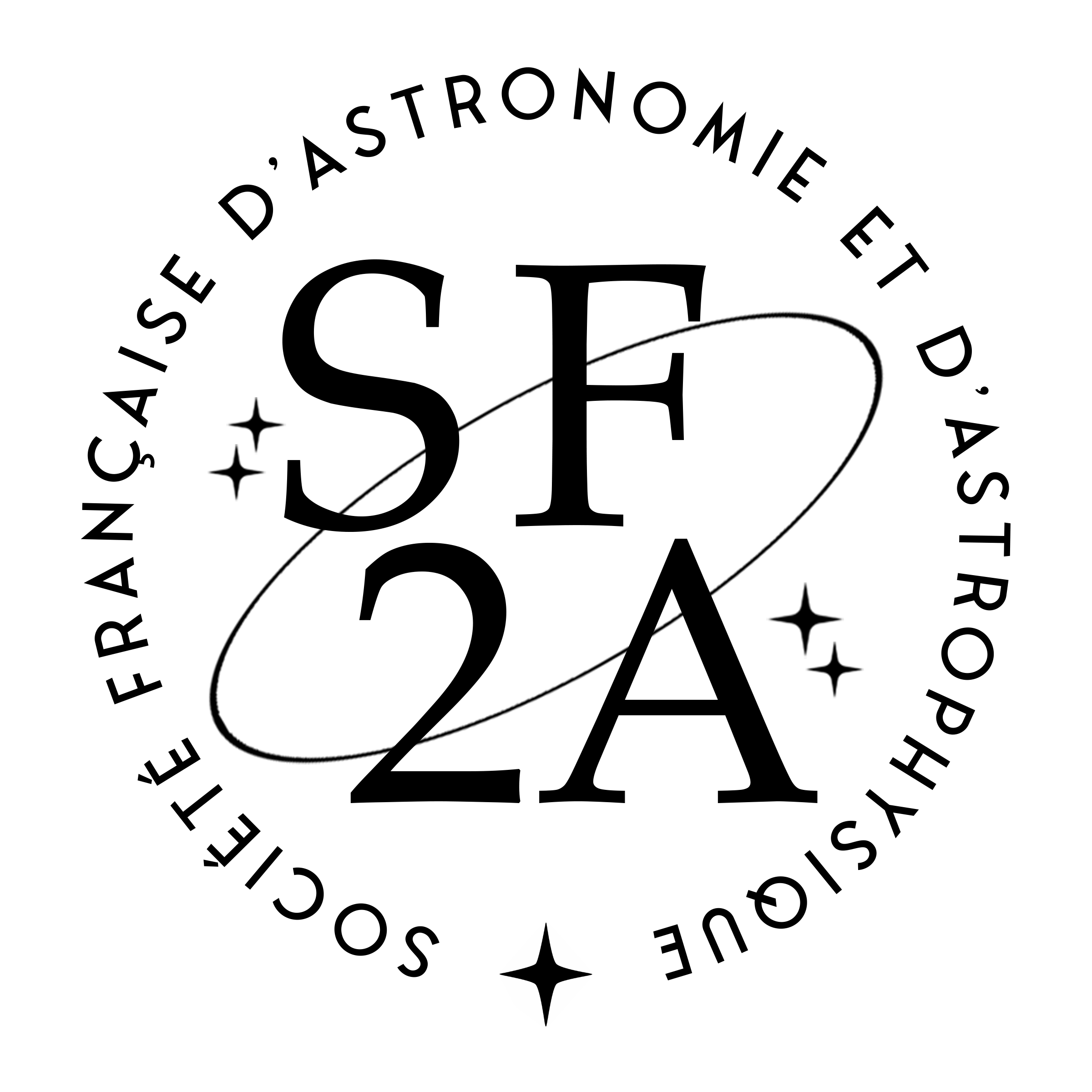Message SF2A No 1104 – 16/09/24
- Call for ideas for CFHT community surveys
- Conference « Exobiologie Jeunes Chercheur·ses » (EJC), 4-6 Novembre 2024, Paris (France)
1. Call for ideas for CFHT community surveys
CFHT is initiating the process to design, implement, and carry out an ambitious scientific community-led survey that could be started as early as 2027 and last up to 5 years. This legacy survey will follow the next round of CFHT Large Programs that will be executed in 2025 and 2026. We are calling for letters of ideas for broad scientific themes or more specific proposals for this community-led survey.
The intent is to design a survey (or surveys) that will be carried out with MegaCam and/or Wenaokeao (co-mount of ESPaDOnS and SPIRou), serve the widest possible community of CFHT users, and have a significant scientific impact and/or legacy value. The final survey will be designed by members of the CFHT community and may combine 2 or more proposals or scientific themes.
The survey will use between 800 and 1400 nights over 5 years, with a maximum of 275 nights in a single year. Around half of this time (~ 140 nights/year) consists of dark nights suitable for MegaCam observations.
For this call, we are looking for scientific contributions and proposals for all or a significant fraction of the nights indicated above. Proposals should exploit the full range of observing parameters (RA distribution, sky conditions, seeing variations, etc.). All proposals should indicate whether non-CFHT communities can be invited to participate and contribute to the proposed survey.
CFHT observing conditions are available on this web page. All observations will be made in service mode and remotely. When estimating the number of nights, the following conversion for the number of hours per night (open shutter time + overheads charged to the users) for each instrument must be used:
· MegaCam: 5.0 hours/night
· Wenaokeao: approximately 7.0 hours/night
All raw and processed data will be shared immediately with the survey teams and will be nominally archived at CADC. Participating survey teams will be expected to contribute to data reduction and/or survey operations. The conditions for the public release of survey data will be defined at a later date by the CFHT Board and participating agencies.
Letters in response to this call for ideas should reflect the scale of the proposed observations. Proposals should not exceed 5 pages of scientific description. Additional documents may be provided as appendices, but are not mandatory.
In November 2024, the CFHT Scientific Advisory Council (SAC) will review the proposals and, based on the response to this call, determine the next steps towards the consolidation and development of the survey(s).
Interested individuals and teams may submit their letters by November 15, 2024, by e-mail to director@cfht.hawaii.edu. Questions can be directed to manset@cfht.hawaii.edu.
Useful resources:
CFHT QSO Mode: https://www.cfht.hawaii.edu/en/science/qso.php
MegaCam: https://www.cfht.hawaii.edu/Instruments/Imaging/MegaPrime/
ESPaDOnS: https://www.cfht.hawaii.edu/Instruments/Spectroscopy/Espadons/
SPIRou: https://www.cfht.hawaii.edu/Instruments/SPIRou/
Wenaokeao: https://www.cfht.hawaii.edu/en/instruments/VISION/
Weather and sky conditions: https://www.cfht.hawaii.edu/en/science/WeatherAndSky
Suggested format for responses to this call
- Abstract / Executive Summary. 1 page
- Scientific justification, including figures. Up to 5 pages
- Technical Justification, including figures. Up to 2 pages
- Mandatory fields (1 page):
a) Number of nights requested
b) Instrument(s) to be used
c) RA distribution of proposed observations
d) Observation constraints according to Moon phase, seeing, weather conditions
e) Suggestions of non-CFHT scientific teams that could enhance the scientific output of the project and contribute to its funding
f) How the proposing teams can support survey execution, either remotely or through in-person secondments to CFHT for data reduction and/or survey operations. - Optional field: comment on data access and proprietary period for raw and reduced data
Transmis par Nadine Manset et Jean-Gabriel Cuby
2. Conference « Exobiologie Jeunes Chercheur·ses » (EJC), 4-6 Novembre 2024, Paris (France)
We are delighted to invite you to the national « Exobiology Young Researchers Conference » (EJC), taking place from November 4th to 6th, 2024 at Université Paris Cité, Campus Grands Moulins, just before the day of the Société Française d’Exobiologie.
EJC brings together young researchers (from Master’s to Postdoctoral levels) engaged in the study of the origin of life, its evolution, and detection, both on Earth and in the Universe. The aim of this conference is to foster interdisciplinary exchange, where you can present your research, share ideas, and establish collaborations. Biologists, chemists, physicists, astronomers, geologists, your contributions on the following topics are all welcome:
- Emergence of life and prebiotic chemistry
- Space exploration and observations
- Persistence and extremophiles Habitability: from Earth to Exoplanets
- We will also host a roundtable discussion on science communication in exobiology!
Don’t miss out:
Abstract submission deadline: September 23, 2024
Registration deadline: October 21, 2024
Visit our website http://ejc2024.exobiologie.fr/ to register now and learn more about the event. For any questions, please contact us at ejc24@exobiologie.fr. We look forward to welcoming many of you to EJC 2024! (Feel free to spread the word!)
Transmis par Juliette Pastore
Pour faire passer vos messages, envoyez un mail au secrétariat SF2A (secretariat@sf2a.eu) avant le vendredi 18h pour une diffusion le lundi après-midi suivant.

Comments are closed